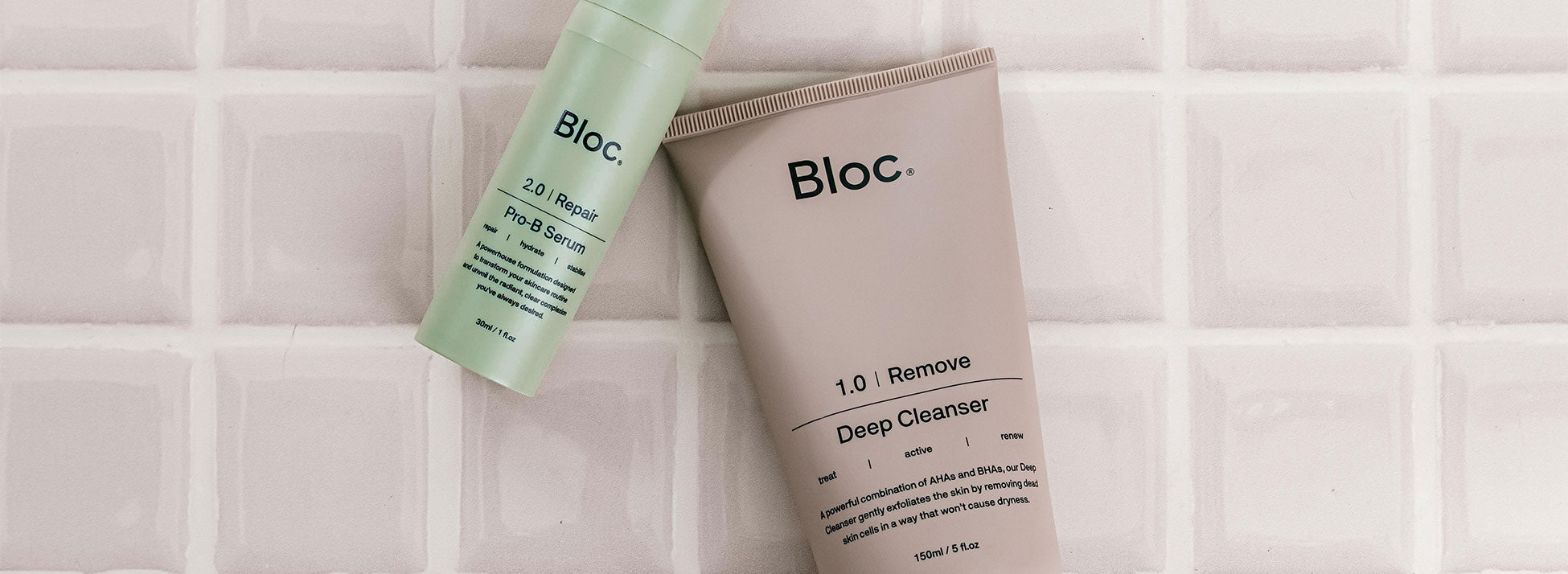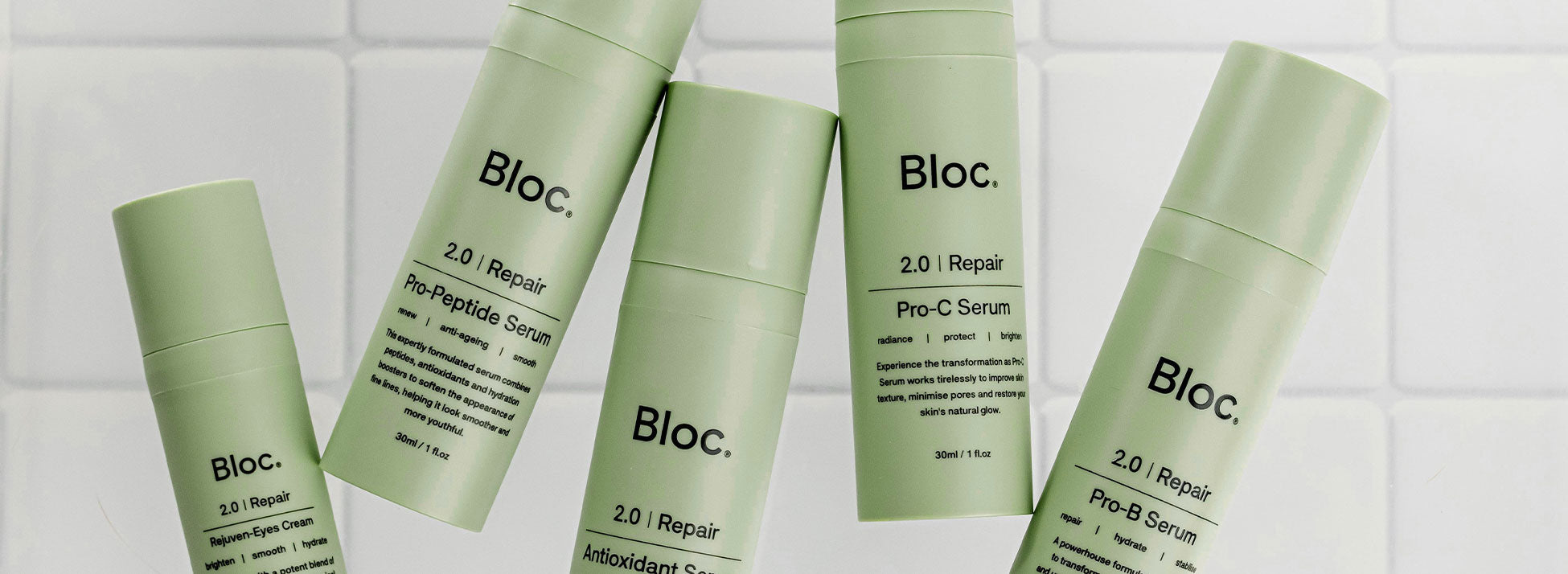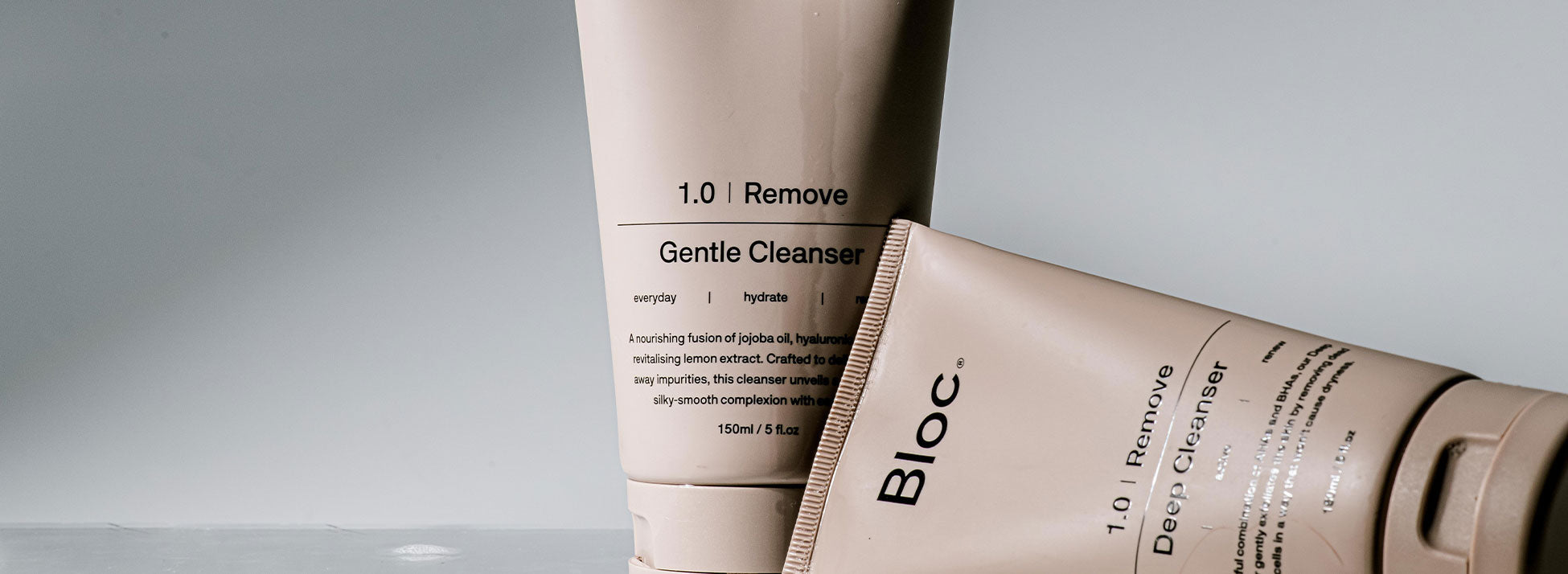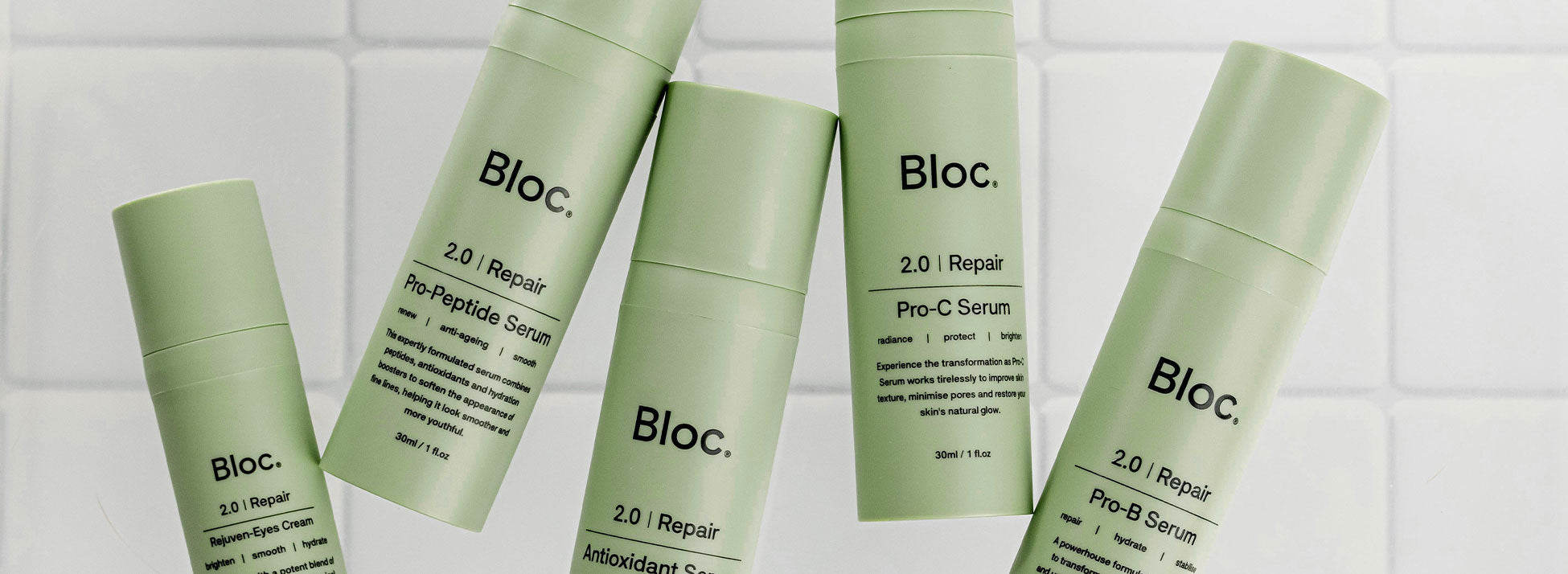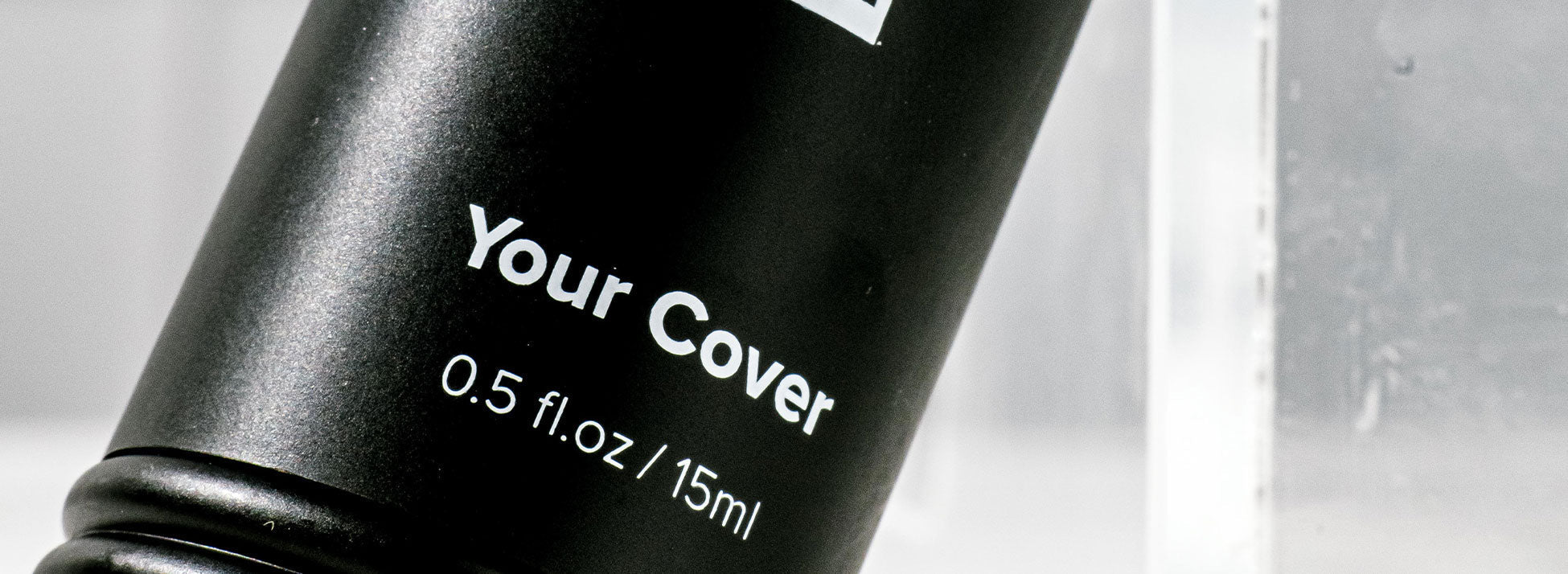Skin sensitivity is a common concern, but it isn’t a one-size-fits-all condition. Some people experience occasional redness after a hot shower, while others can have ongoing discomfort from products, weather changes, or underlying skin conditions. Understanding what’s behind your sensitivity is the first step to finding relief and protecting your skin barrier.
1. Reactive Sensitivity
What it is:
This is when your skin reacts quickly to triggers such as skincare products, fragrances, detergents, or even certain fabrics.
Signs:
- Burning, stinging, or tingling after applying a product
- Immediate redness or blotchiness
- Skin feeling ‘hot’ to the touch
Common triggers:
Fragrance, alcohol-based products, harsh cleansers, certain preservatives.
Tips:
- Patch-test new products before use
- Choose fragrance-free, alcohol-free formulas
- Avoid over-exfoliating or layering too many actives
2. Environmentally Sensitive Skin
What it is:
Skin that reacts to environmental changes like wind, cold air, UV exposure, or pollution.
Signs:
- Flare-ups in harsh weather
- Dryness and tightness after being outdoors
- Heightened redness after sun exposure
Common triggers:
Extreme temperatures, low humidity, high UV index, pollution.
Tips:
- Wear SPF every day (yes, even in winter)
- Protect your skin with a physical barrier, like a scarf in cold wind
- Use hydrating, barrier-repairing products
3. Allergic Sensitivity
What it is:
An immune system response where your skin reacts to an allergen. This is more than just irritation - it’s an allergic reaction.
Signs:
- Red, itchy rash (contact dermatitis)
- Swelling
- Blistering in severe cases
Common triggers:
Nickel, latex, certain preservatives, hair dyes, fragrance ingredients.
Tips:
- Identify and avoid allergens (patch testing with a dermatologist can help)
- Use hypoallergenic skincare and cosmetics
- Avoid self-treating severe reactions - seek medical advice
4. Skin Conditions Causing Sensitivity
What it is:
Sensitivity as a symptom of an underlying skin condition, such as:
- Rosacea (redness, flushing, visible blood vessels)
- Eczema/Dermatitis (itchy, inflamed skin, often in patches)
- Psoriasis (scaly, inflamed plaques of skin)
Signs:
Persistent or recurring symptoms that don’t go away with simple product changes.
Tips:
- See a dermatologist for a diagnosis
- Follow a treatment plan tailored to your skin condition
- Support your skin barrier with gentle, non-irritating products
5. Thin or Compromised Skin Barrier
What it is:
When your skin’s natural protective layer (the barrier) is weakened, allowing irritants in and moisture out.
Signs:
- Dryness and flaking
- Easily irritated by products or environment
- Increased redness and inflammation
Common causes:
Over-exfoliation, harsh cleansers, long-term steroid cream use, ageing.
Tips:
- Focus on barrier repair with ingredients like ceramides, urea, and petrolatum
- Avoid strong actives until your skin heals
- Keep your skincare minimal and protective
Sensitive skin can look and feel different for everyone. Whether it’s occasional irritation or ongoing flare-ups, understanding your skin’s triggers and needs will help you find the right care routine. If symptoms are persistent or worsening, a dermatologist can help identify the cause and recommend treatment.

